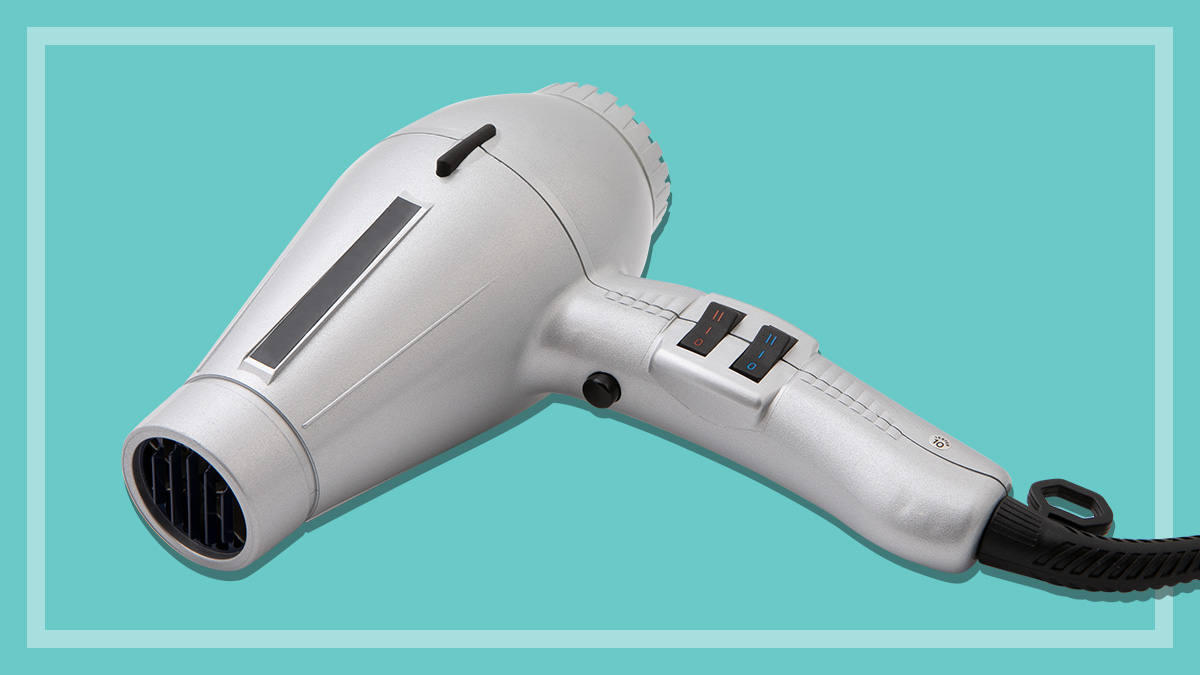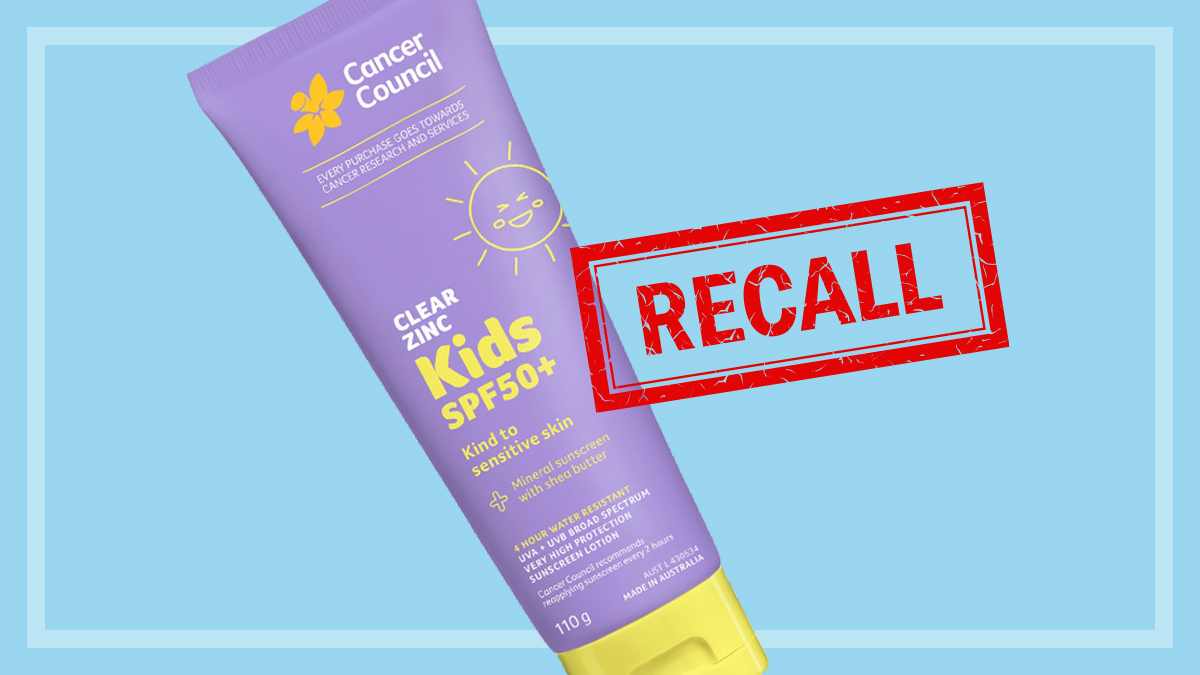Get our independent lab tests, expert reviews and honest advice.
Online optical stores – Optical and hearing

Prescription glasses can easily set you back several hundred dollars, and if you need multifocal glasses the starting price can be $500 or more. So it’s no surprise that aggressively discounted online deals are tempting people away from bricks and mortar optical retailers. But we found that if you don’t do your research before shopping for glasses online, you can end up with the wrong prescription, or frames and lenses that don’t fit.
On this page:
- Do try this at home
- Shadow shop
- Stores tested
- After-sales service
- How to buy glasses
- How to read your eyewear prescription
- CHOICE verdict
The risks are worse with multifocal (progressive) glasses, since the online script you fill out may not include all the measurements needed to correctly make and fit the glasses. Three out of four pairs of multifocal glasses we ordered online had major problems.
Experts told us this is less of an issue with single-vision glasses, since they’re easier to manufacture and all measurements are usually on your script. This is also what we heard from our members while researching this story. Additionally, our UK sister organisation, Which?, recently tested single-vision glasses and found eight out of nine ordered from online stores passed their tests.
It’s also good to know that Australia’s largest health funds, Medibank Private and Bupa, don’t currently pay benefits for glasses bought through many online stores, so any savings made by shopping online could be smaller than you first thought.
Do try this at home
A number of online retailers allow you to try their frames at home before committing to an order. Two in particular, Oscar Wylee and Sneaking Duck, send you up to five pairs for free, including shipping.
Shadow shop
We ordered multifocal glasses from four online retailers. Our expert optometrist, Professor Stephen Dain from the University of NSW, checked the fit on our shadow shopper.
Fitting test
To fit multifocal lenses correctly, a number of measurements are needed that likely won’t be included in the online prescription form, and which also vary depending on factors such as the frame you choose and how you hold your head. Among other things, these measurements determine where your pupil is in relation to the lens’ centre to make sure there’s no distortion.
Another variable in finding the right lens type is how and where you plan on wearing your glasses. Not surprisingly, two of the spectacles we ordered weren’t correctly fitted for our shadow shopper. (The fitting for both spectacles could be at least partially improved if you found an optometrist who agreed to correct them, though that would reduce the convenience of buying online.)
Our shadow shopper had to drop their head forwards to get the best distance vision from the glasses bought through this online retailer, and the frame impeded their near vision.
The frames of the glasses from Zenni didn’t sit symmetrically on the shadow shopper’s face, so near vision was at an angle.
Lens quality
We had all the lenses of the glasses our shadow shopper bought tested by the University of NSW Optics and Radiometry Laboratory, against the voluntary standard.
These glasses had a fault in the prescription – one axis, correcting astigmatism, was incorrect. (It may be possible to correct this if the fitting were adjusted, but again, you’d have to visit an optometrist.)
These glasses failed the robustness test – both lenses cracked through their entire thickness and broke into multiple pieces. This would be dangerous if you play sport or had an accident that broke your glasses. (Vision Direct told us that as a result of our test they’re undertaking an investigation and have upgraded all orders to higher-quality lenses at no extra cost.)
This company passed both the fitting and quality tests.
Stores tested
California-based online store Zenni Optical has its factory outside Shanghai.
US-owned Vision Direct‘s global warehouse is located in Hong Kong and has a distribution centre in Australia.
Clearly Contacts is based in Canada and has a distribution centre in Australia. Frames are made in China and eyeglass lenses in Taiwan and South Korea.
GlassesOnline is an Australian company based in NSW.
After-sales service
When we contacted the online stores to let them know the glasses weren’t fit for purpose under the Australian Consumer Law, Clearly Contacts and Vision Direct offered a refund but also suggested we take the glasses to an optical store to get them corrected there.
But Finola Carey, CEO of the Optical Distributors and Manufacturers Association (ODMA), told us this extra step might not always pay off. “You can get ill-fitting frames adjusted provided the frames are suitable, and most optometrists and dispensers will use that as an opportunity to show their professionalism. But the frame may be unsuitable for the prescription, in which case there’d be nothing to do but get another frame and possibly new lenses as well.”
How to buy glasses
Follow these steps:
- Go for an eye exam and ask for your prescription; make sure the PD measurements are included for each eye (see ‘ How to read your prescription‘ below).
- Check which type of frame suits you, but also ask your optometrist if a particular type of frame suits your eye problems more than others. This is particularly important for multifocal lenses, higher power lenses, or more complicated prescriptions.
- Get a quote , and talk to your health fund to find out if they give a benefit for glasses bought through this online store.
- Make sure all quotes include lenses with anti-scratch and UV protection, and an anti-reflective coating.
- You can also read our shadow shop of budget optical stores.
More about multifocal lenses
There are different qualities and price ranges for multifocal glasses. Compared with cheaper, older-style multifocal lenses, ‘free-form’ or ‘tailor made’ progressive lenses – which are the most expensive – ensure more natural vision from distance to near, with greater accuracy and sharpness in all areas of your visual field.
With a wider field of vision in all areas of the lens, it’s likely that your eyes will adapt faster to these free-form lenses.
“You get what you pay for,” says Richard Grills, Chairman of the Optical Distributors and Manufacturers Association (ODMA). “A person who is wearing a modern lens design would absolutely hate older-style lenses because they do not provide the visual freedom of the modern designs.”
How to read your eyewear prescription
SPH – Strength of lens required to correct your focus. If there is a – (minus) symbol, it means you are short-sighted; a + (plus), or neither a plus nor a minus sign, means you are long-sighted.
CYL/Axis – Compensate for astigmatism. The front surface of your eye is shaped like a rugby ball (toric), not a perfect sphere like a soccer ball.
ADD – For reading glasses or progressive lenses. Normally the same for both eyes; only one number may appear.
Prism – Eye alignment problems such as double vision.
Distance/Intermediate/Near – What are your glasses designed for. Distance = activities such as driving and watching TV. Intermediate = activities at arms length, such as computer use. Near = activities such as reading.
PD – Distance in millimetres between the centres of your pupils. 64 is for distance vision, used for single vision glasses and progressive lenses. 60 is for reading glasses. If you’re given 33/31, it’s a more accurate measurement for right side and left side for the distance vision PD.
CHOICE verdict
Online retailers can be a good option for most single-vision glasses, but they pose substantial risks if you have a complex prescription – especially one for multifocal lenses. Should you decide to give an online optometrist a go, check the store’s refund policy and keep in mind that is can be very difficult to enforce the Australian Consumer Law with overseas retailers.



